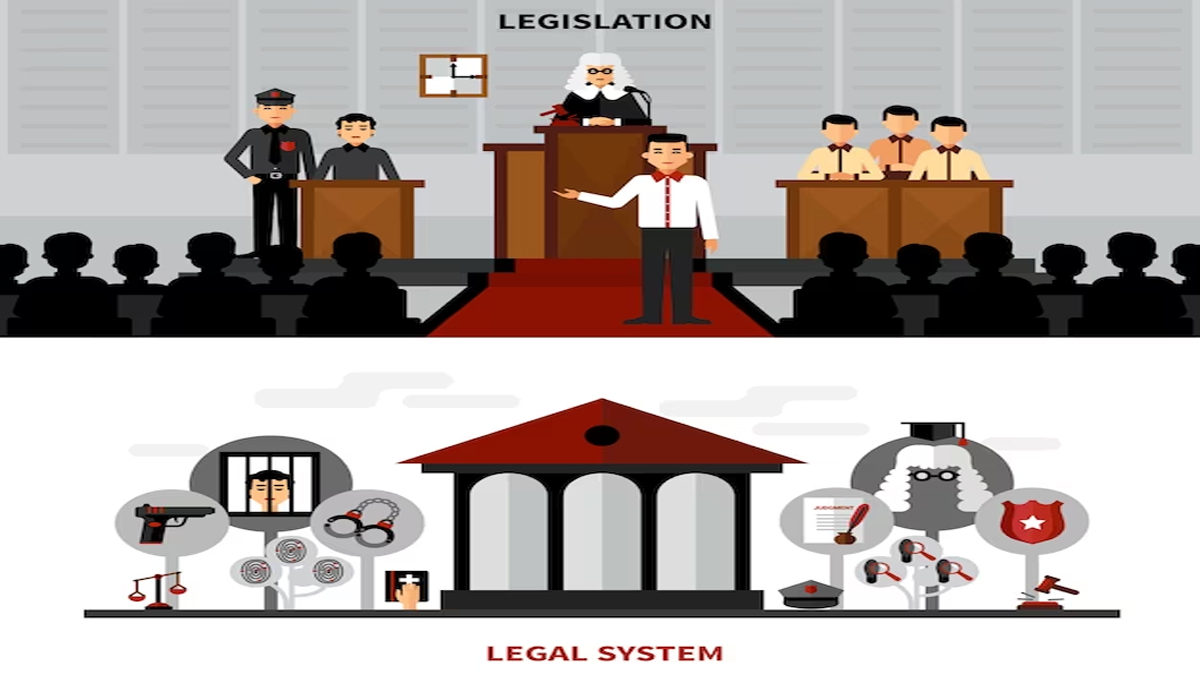In this essay, we will delve into the background, key issues, legal arguments, and the implications of this significant judgment.
Background and Context:
Before the NALSA judgment, transgender individuals in India were often marginalized, discriminated against, and denied fundamental rights. They faced social stigmatization, economic hardships, and limited access to education and employment opportunities. The legal recognition of transgender rights was a long-standing demand of the transgender community and human rights activists in India.
Key Issues Addressed:
The NALSA case addressed several crucial issues related to transgender rights, including:
- Recognition of Transgender Identity: One of the central issues was the recognition of transgender individuals as the “third gender.” This recognition was essential to acknowledging their distinct gender identity beyond the binary concept of male and female.
- Protection from Discrimination: The case also focused on protecting transgender individuals from discrimination and violence based on their gender identity. They faced discrimination in various aspects of life, including education, employment, healthcare, and housing.
- Access to Government Benefits: Another critical issue was the inclusion of transgender individuals as beneficiaries of government schemes and programs meant for marginalized communities. This included reservations in jobs, educational institutions, and access to welfare measures.
Legal Arguments and Rulings:
The case was brought before the Supreme Court by the National Legal Services Authority (NALSA), a statutory body providing legal aid and assistance to marginalized and vulnerable groups. The petitioner argued that transgender individuals should have the same rights as any other citizen and that their rights were protected under the Indian Constitution.
In its landmark judgment, the Supreme Court made several significant rulings:
- Recognition of the Third Gender: The court recognized transgender individuals as the “third gender” and affirmed that they had the right to self-identify their gender. This recognition was a significant departure from the traditional binary understanding of gender.
- Protection from Discrimination: The court held that transgender individuals had the right to live with dignity and without discrimination. It directed the government to take measures to prevent discrimination and violence against transgender people.
- Reservation in Jobs and Education: One of the most significant aspects of the judgment was the directive to the government to provide reservations for transgender individuals in jobs and educational institutions. This was aimed at addressing the historical disadvantages and limited opportunities faced by transgender people.
- Access to Healthcare and Social Welfare: The court also emphasized the need for transgender-friendly healthcare services and social welfare schemes. It called for measures to ensure that transgender individuals had access to medical facilities without discrimination.
- Legal Recognition of Gender Identity: The judgment recognized the right of transgender individuals to change their gender identity in official documents, including birth certificates, passports, and other legal records.
- Public Awareness and Sensitization: The court emphasized the need for public awareness campaigns and sensitization programs to educate society about transgender issues and promote acceptance and inclusivity.
Implications of the NALSA Judgment:
The NALSA v. Union of India judgment had far-reaching implications for transgender rights in India:
- Legal Recognition: The recognition of transgender individuals as the third gender was a significant step toward acknowledging their rights and identity.
- Protection from Discrimination: The judgment provided legal protection against discrimination and violence, which was a crucial safeguard for transgender individuals.
- Reservations: The directive for reservations in jobs and education aimed to address the economic and social disparities faced by transgender people.
- Healthcare Access: Transgender-friendly healthcare services became a priority, ensuring that medical care was accessible without bias.
- Identity Documentation: The right to change gender identity on official documents allowed transgender individuals to assert their identity and access services and benefits accordingly.
- Social Acceptance: The emphasis on public awareness and sensitization aimed to change societal attitudes and reduce stigma against transgender individuals.
- Human Rights: The judgment underscored that transgender rights are human rights and should be protected and promoted as such.
Challenges and Ongoing Issues:
While the NALSA judgment was a significant milestone, challenges persist in the realization of transgender rights in India. Implementation of the directives and changing societal attitudes remain ongoing challenges. Discrimination, violence, and economic hardships continue to affect many transgender individuals.
Conclusion:
In conclusion, the NALSA v. Union of India judgment in 2014 was a watershed moment in the fight for transgender rights in India. It recognized transgender individuals as the third gender, affirmed their rights, and directed the government to take measures to ensure their protection and inclusion in various aspects of society. However, the journey towards full equality and acceptance is ongoing, and continued efforts are needed to address the challenges and disparities faced by transgender individuals in India. The judgment serves as a beacon of hope and a legal foundation upon which further progress can be built in the pursuit of justice and equality for all genders.
